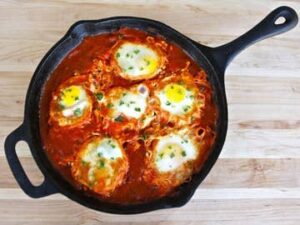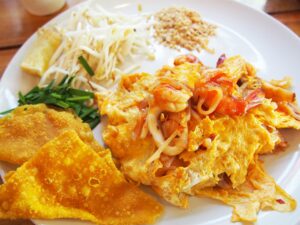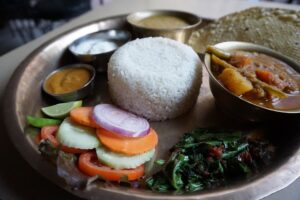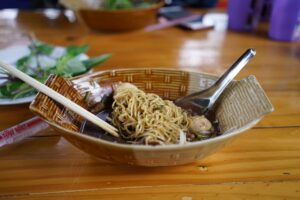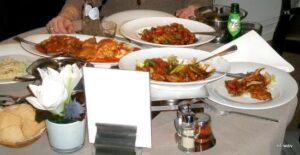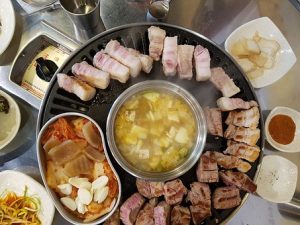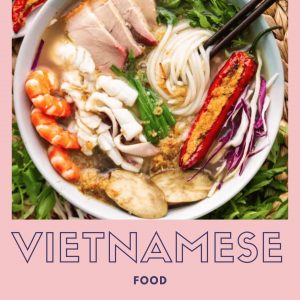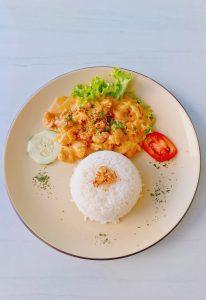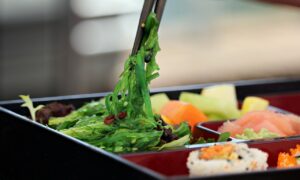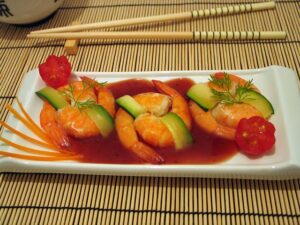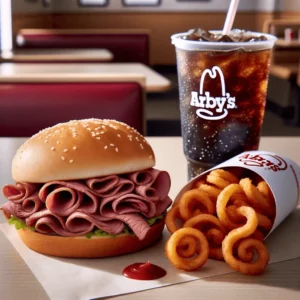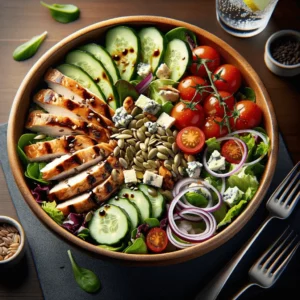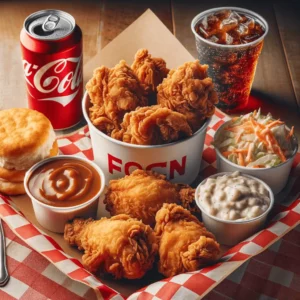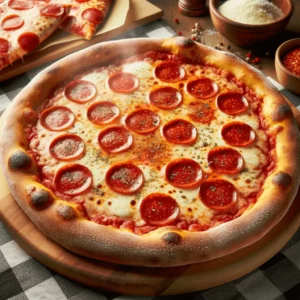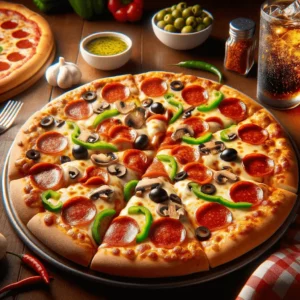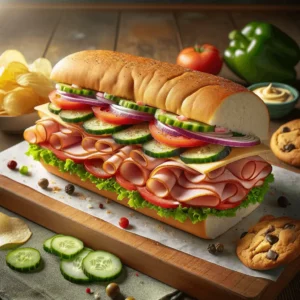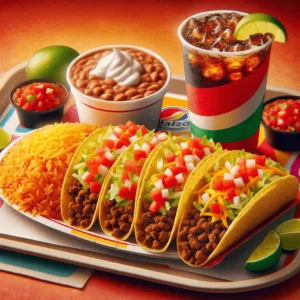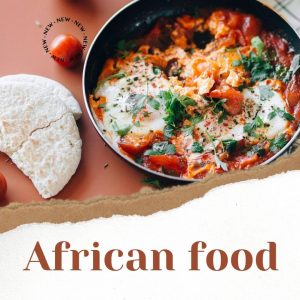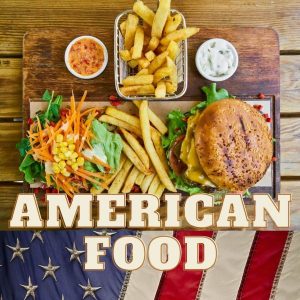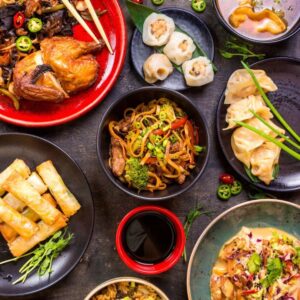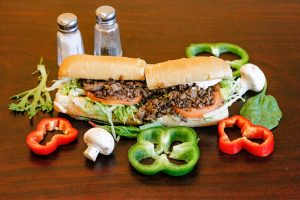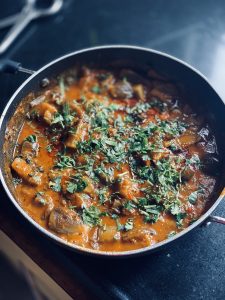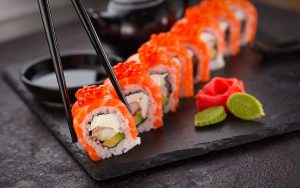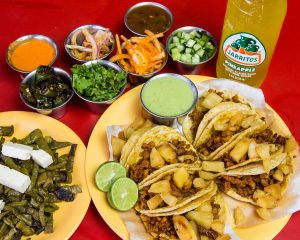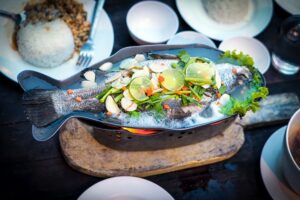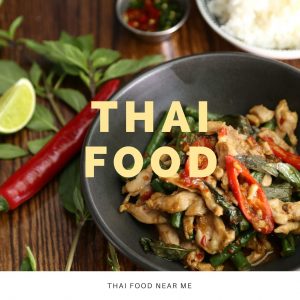The Gastronomic Delight: Northeastern Thai Restaurants
The northeastern region of Thailand, also known as Isaan, holds a distinct culinary tradition characterized by its robust flavors, rustic preparations, and an unwavering bond with the land. Northeastern Thai restaurants, found both in Thailand and abroad, spotlight this region’s rich culinary heritage, letting patrons embark on a sensory journey filled with spicy, sour, and savory delights.
A Culinary Palette Rooted in Tradition
Som Tam
This iconic papaya salad showcases the quintessential Isaan flavors. Made from shredded green papaya, chilies, lime, fish sauce, and crushed peanuts, its fiery and tangy profile makes it a favorite among many.
Larb
Often referred to as a ‘meat salad’, larb is made from minced meat (chicken, pork, or beef) that’s flavored with lime, chili, fish sauce, and roasted rice powder. It’s a harmonious mix of textures and tastes.
The Undeniable Connection with Grilled Delicacies
Gai Yang
Marinated in a mix of garlic, pepper, coriander root, and fish sauce, Gai Yang is grilled chicken that’s usually enjoyed with sticky rice. The smoky flavor, combined with the aromatic marinade, is nothing short of sensational.
Moo Yang
Similar to Gai Yang, Moo Yang is a grilled pork preparation that packs a punch. The meat, often slightly fatty, absorbs the marinade to produce succulent and flavorful bites.
Staples and Sides: Enhancing Every Bite
Sticky Rice (Khao Niew)
More than just a side, sticky rice in Isaan culture is central to every meal. Rolled into bite-sized balls and dipped into sauces or eaten with grilled meats, it’s the perfect companion to the region’s potent flavors.
Tom Saap
This sour and spicy soup, infused with herbs like lemongrass, galangal, and kaffir lime leaves, usually features pork ribs or shrimp. The tantalizing broth is both a palate cleanser and flavor enhancer.
Conclusion
Northeastern Thai restaurants are more than just dining spaces; they encapsulate a region’s love for food that’s both comforting and daring. Isaan dishes, known for their intense flavors and straightforward preparations, are a testament to a culture that cherishes authenticity. Dining in one of these establishments not only introduces you to a palette of tastes but also provides a glimpse into the soul of Northeastern Thailand.
FAQs
1. How different is Northeastern Thai cuisine from Central Thai cuisine?
While both have overlapping elements, Northeastern Thai cuisine is spicier and less sweet, with a significant emphasis on grilled dishes and salads.
2. Is Northeastern Thai food suitable for vegetarians?
While many dishes are meat-centric, many restaurants now offer vegetarian versions using tofu or mushrooms as substitutes.
3. What drinks pair well with Isaan food?
Traditionally, locals enjoy chilled beer or rice whiskey with their meals. However, light and crisp beverages like lime soda or herbal teas can also complement the spicy dishes.
4. Are there any cooling dishes in Isaan cuisine to counteract the heat?
Yes, dishes like ‘tam taeng’ (cucumber salad) or simple vegetable sides can offer a cooling respite.
5. Why is sticky rice so prevalent in the Northeastern Thai diet?
The Isaan region has a climate and soil suitable for growing glutinous rice. Moreover, its filling nature and versatility make it an ideal staple in the agrarian communities of the region.


